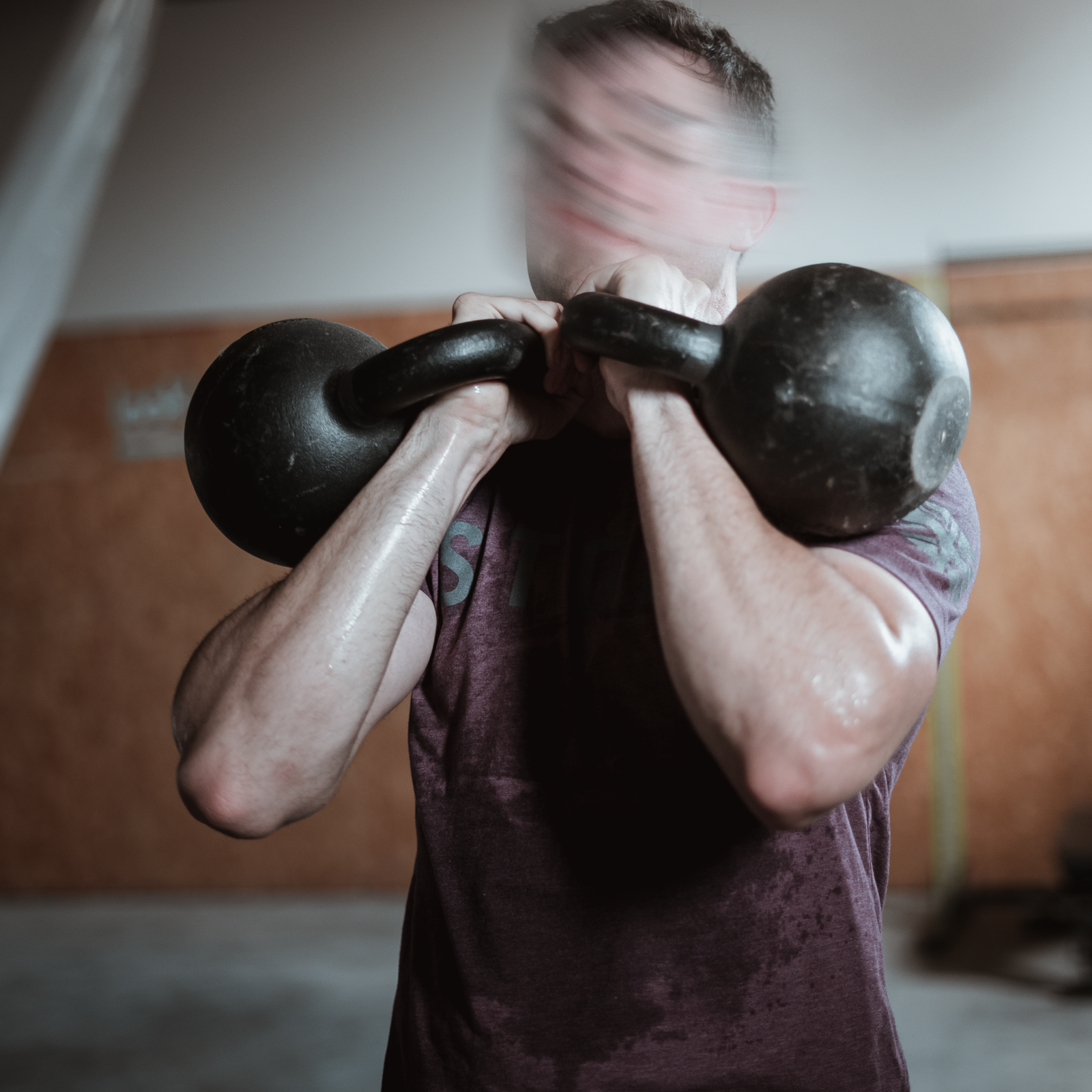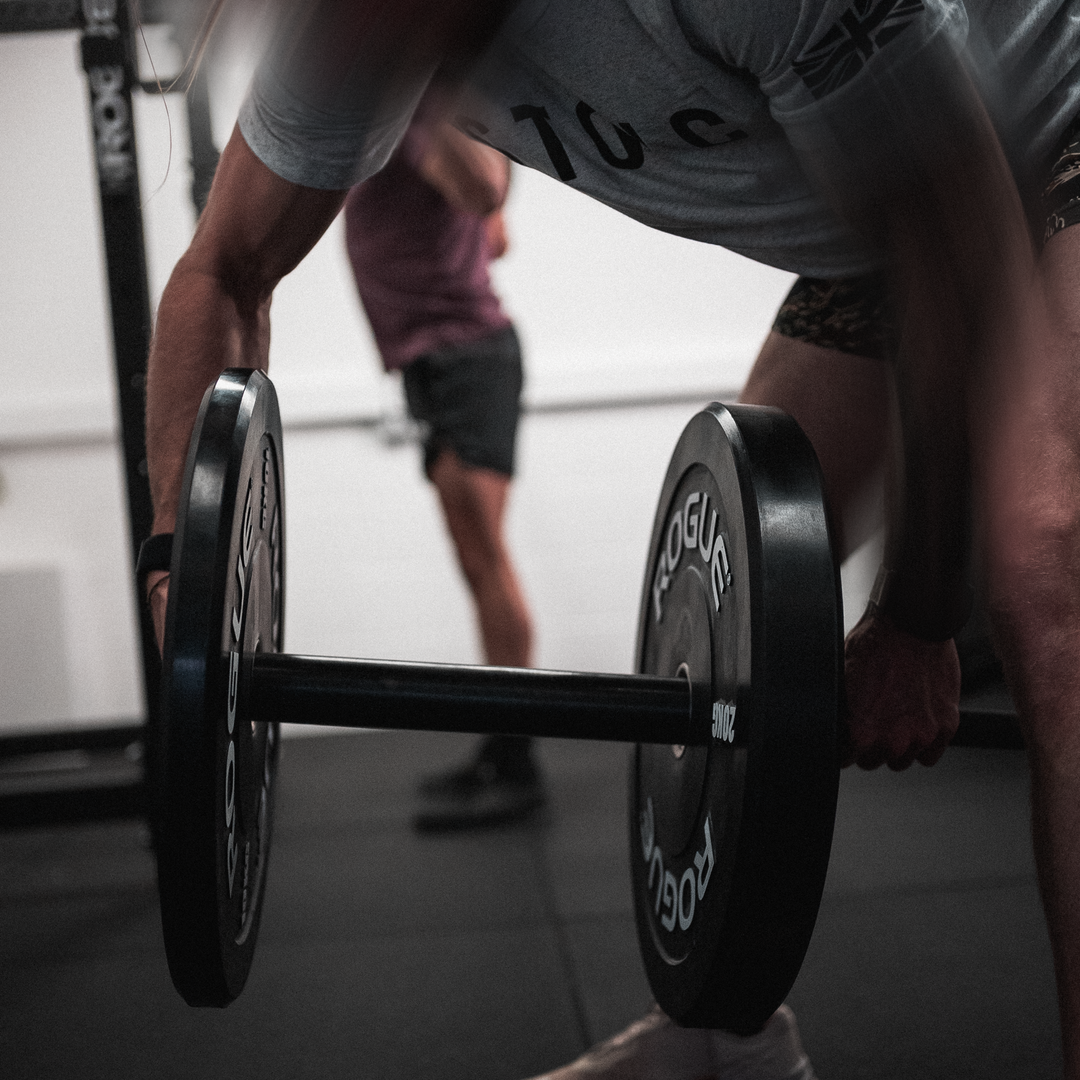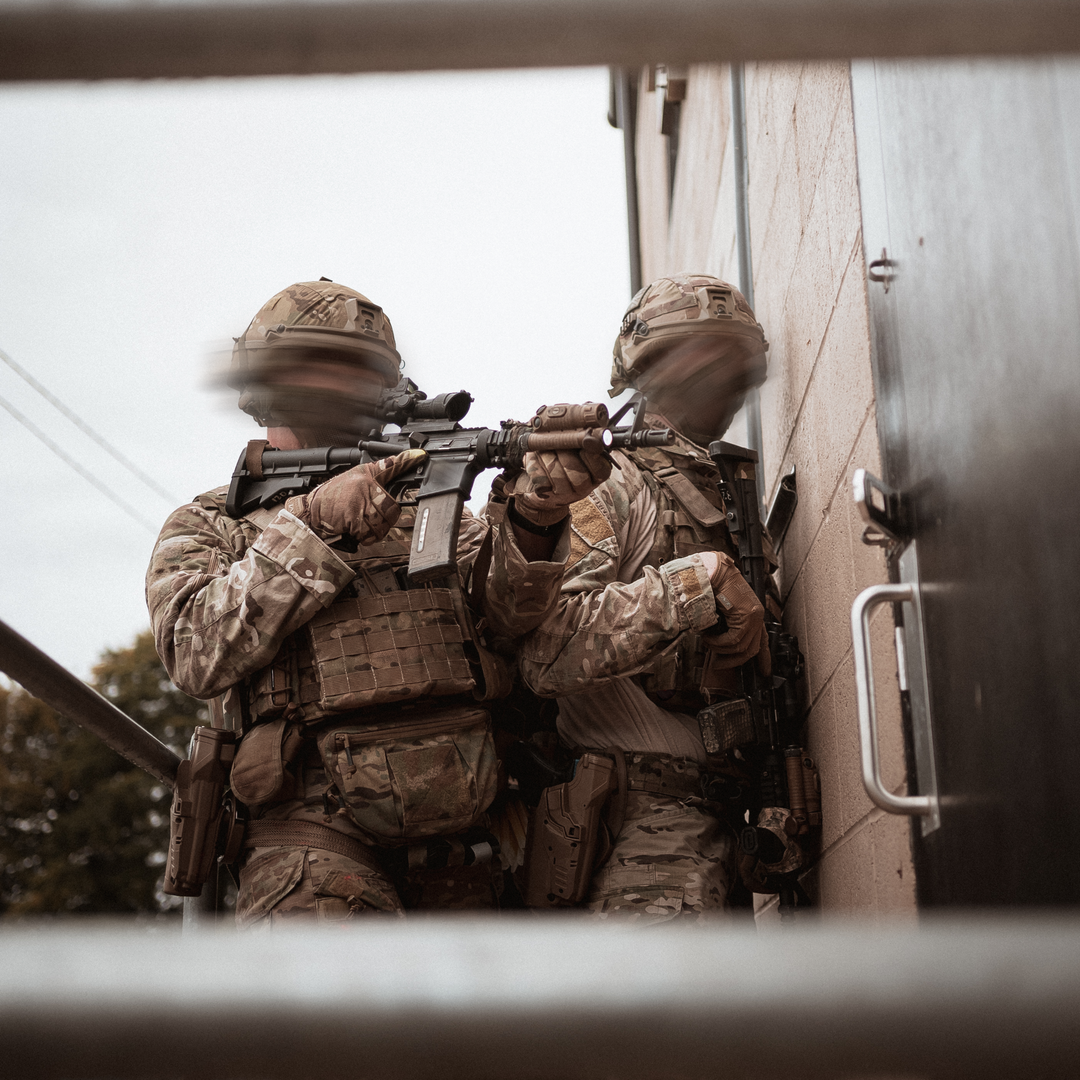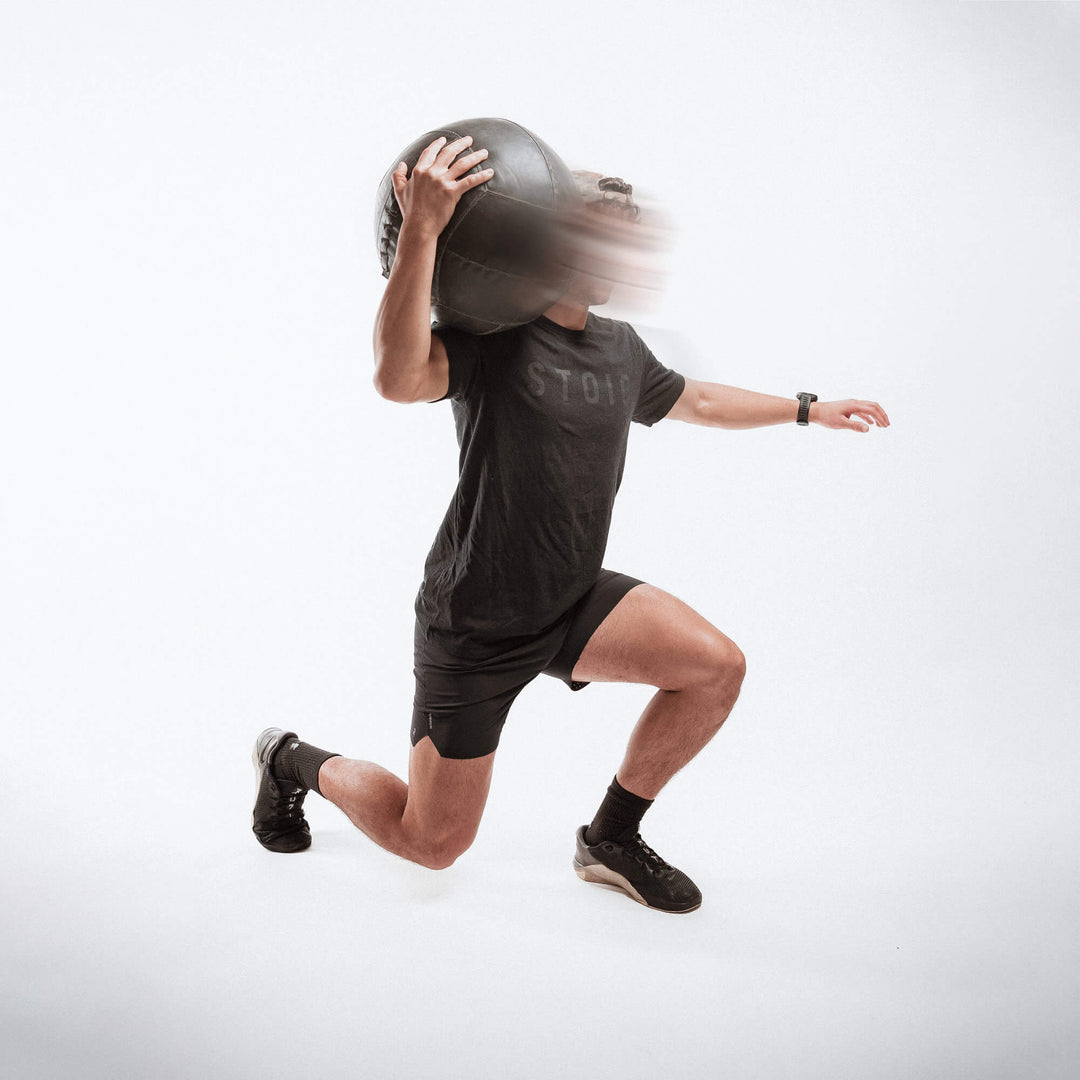THE IMPORTANCE OF REFINING YOUR HYDRATION STRATEGY FOR SELECTION DURING YOUR TRAINING

Read time: 4 minutes
Alongside the many considerations you’ll have in the Selection process such as pacing, navigation, footcare, being physically and mentally prepared, and the weight of your pack, your hydration is going to be pretty high up on that list, especially during the summer.
We’ve outlined why hydration matters and how you can refine your hydration strategy during your training sessions.
Why is hydration important?
Whether you’re taking part in a winter or summer Selection process, proper hydration is going to be crucial. Of course, you’re likely to be sweating more during summer selection but it will still be important to consider your hydration status in cooler climates as you’ll still be losing fluids and electrolytes through sweat, you just might not be as aware of it as you would be in the summer.
Why do you sweat?
You need to sweat to increase the effectiveness of heat transfer from your skin to the environment, and sweat is drawn directly from your blood plasma.
Your blood has multiple roles to play when you’re exercising hard:
- It has to be directed to active muscles to supply them with oxygen and energy and to remove toxic byproducts that would otherwise accumulate
- More of it than usual has to be sent to the skin to help dissipate heat and keep your core body temperature in check
Maintaining body fluid and electrolyte levels during exercise is critical because dehydration increases the stress your body is under during these processes and hampers performance. This is especially true in hot conditions, where heat dissipation is more difficult and fluid loss is increased.
Getting somewhat dehydrated is almost inevitable for most people who are going to be working as hard as you will be for such a long period. As a rough guide, your sweat rate could be as high as 1-1.5 litres per hour, whereas your maximum fluid absorption rate is likely to be only 750ml to 1 litre per hour. You don’t need a degree in mathematics to realise you’re likely to be fighting a losing battle when it comes to fluid loss.
A certain degree of dehydration isn’t necessarily as bad as you might think. Some widely reported studies in the past suggested that losing as little as 2% of body weight via dehydration can hamper performance significantly.
However, a recent analysis of athletes in competition settings has shown that many can continue to perform well at 4-6% dehydration, with some elite athletes (such as elite-level marathon runner Haile Gebrselassie) finishing races in world-class times whilst nearly 10% dehydrated!
How to start training sessions hydrated
It’s going to be important to start each test hydrated during Selection as this will mean you’ll have a bigger reservoir of electrolytes and fluids to draw upon once you start working hard and sweating some of it out.
Having more blood plasma volume makes it easier for your cardiovascular system to meet the competing demands of cooling you down and delivering oxygen to your muscles.
Sodium is the main electrolyte you lose in your sweat. So, maintaining the sodium levels in your blood is crucial to performing at your best when you’re working hard. Sodium helps you absorb and retain fluid, which keeps your blood volume up, reduces cardiovascular strain, fatigue and potentially helps you avoid cramping up.
It will be worth practising preloading with a strong sodium-based electrolyte drink before particularly long, intense workouts where you’ll be sweating a lot. We’ve outlined a preloading protocol to help you start hydrated below:
- Drink around 500ml of a stronger electrolyte drink the night before to boost your blood plasma volume. Aim for drinks containing >1,000mg of sodium per litre, like Precision Hydrations’s PH 1500 supplement.
- Drink roughly another 500ml bottle of stronger electrolyte drink about 90 mins before to start to top-up your blood plasma volume. Finish your drink >45 minutes before you set off to give your body time to fully absorb what it needs and remove any excess.
- Adding additional sodium to your drinks (and meals) before each day helps you absorb and retain more fluid in your bloodstream.
The importance of understanding how you sweat
There are two physiological components to consider when getting a handle on your own sweat during training:
- Sweat Rate (how much fluid you’re losing via sweat)
- Sweat Sodium Concentration (the concentration of sodium in your sweat)
Sweat Rate – The total amount you sweat will vary according to temperature, humidity, work rate, your clothing choices, genetics and heat acclimation status. It’s a good idea to test how much you sweat in a variety of different scenarios and conditions in order to get a better handle on your Sweat Rate. Check out this blog for a step-by-step guide on how to measure your sweat rate: How to measure your sweat rate to improve your hydration strategy.
Sweat Concentration – the most important thing to emphasise here is that the sodium concentration of your sweat is largely genetically determined, regardless of whether it’s hot or cold outside, and it’s relatively stable after infancy. So, in most cases, you’ll only need one test in your life in order to understand this part of the equation.
You can take Precision Hydration’s Advanced Sweat Test to find out how much sodium you lose in your sweat.
Now, unfortunately, not everyone has convenient access to a Sweat Test Centre (one day we hope they will!) and this is why we developed the online Sweat Test. Whilst it’s clearly not as good as actually giving us a sample of your sweat to analyse, the online test does have genuine efficacy.
We sent the data from thousands of Advanced Sweat Tests to some researchers at Sheffield Hallam University and they found a very strong correlation between how athletes perceive their sweat rate and sweat sodium concentration in reality (we ask the same subjective questions in the Advanced test as we do in the online version and we compared athlete’s perception of their sweat pre-test to the actual sweat test data).
In other words, salty/heavy sweaters tend to know that they’re losing a lot of sodium in their sweat because they see the evidence on their kit and tend to suffer from hydration-related issues, which are caused by not replacing enough of what they’re losing in their sweat.
This finding – and a few others – were published in a research paper in the Journal of the International Society of Sports Nutrition and here’s a precis of the paper if you’re interested in reading more.
With that said, we’re certainly not claiming that the online Sweat Test should be used as anything more than a starting point for some good old fashioned ‘n=1’ trial and error in training, from which you can refine things based on how you respond to our advice.
Personalising your hydration strategy
It’s a good idea to get a grasp of your net losses (i.e. your sweat rate x sweat sodium concentration) before you head to the selection process, which in turn will give you a basis from which you can refine your hydration strategy through some good old trial and error during training.
If you want help with refining your hydration strategy during training sessions or if you have any questions, drop Precision Hydration an email at hello@precisionhydration.com or book a free one-to-one video call with a member of the team.
Precision Fuel & Hydration
“We launched Precision Fuel & Hydration in 2011 after years of working with elite athletes and technology partners to develop a simple and effective way to help athletes understand and manage their individual hydration needs.
Our mission is to give every athlete access to a personalised hydration strategy so that they have the best chance of achieving their goals.”




